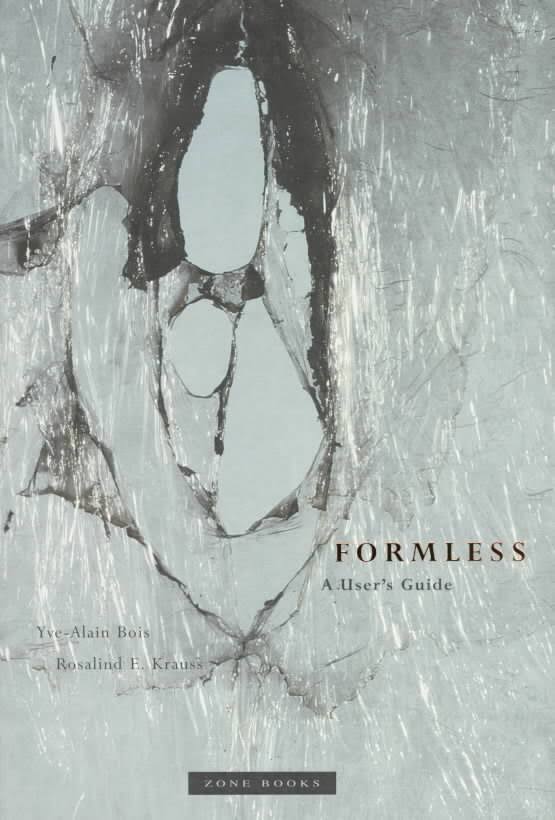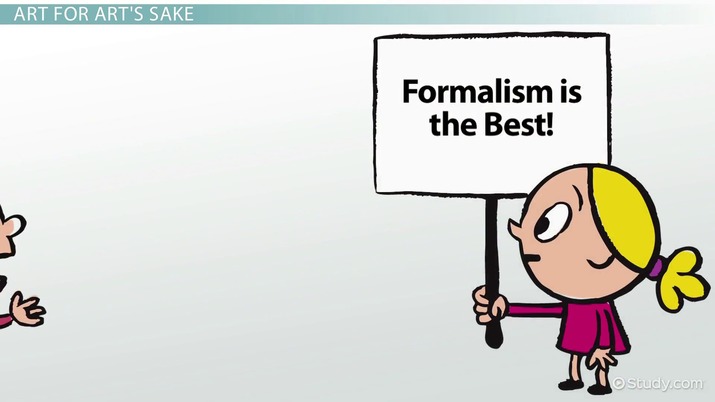My MFA projects explore my physical engagement and gestural interaction with materials and forms. Through the use of materials I create experimental abstract installations to question the border between abstract painting and sculpting in space.
The items in this dossier have been collected around my conceptual framework of new materiality and formalism. I look at the making process, formless, material qualities and also exploring the relationship between body movements and materials in space.
There are some broader structures which are the basis of this collection and the relationship of the items to my work.
The first one is the connection and effect of consciousness on the art work, specifically the effect of awareness and paying attention to everyday life experiences on emotions and body movement and its result in the artwork. I am interested in the artists who bring their consciousness to their artwork.
The next is Mono-ha movement and Gutai group’s attitude of engaging with materials and exploring their properties.
Through this lens I explore the materiality and material forms. I am also interested in the relationship between materials and space. I question how I change the material’s form, how the material changes my body movement and the effect on space.
From Mono-ha movement, my idea is closer to Nobuo Sekine’s attitude than Lee Ufan. Sekine uses the material in a way that raises the question of what is this in front of us, in the viewer, which is an important aspect in my work.
The important criteria of the artworks in this dossier is: simplicity, unusual forms and materials, going against traditional rules, techniques, materials, forms and nonrepresentational art. I am interested in the artworks which look unusual and chaotic but I can feel a logic behind them.
By pinpointing these criteria, I can see the effect of a few art movements in my collection, such as Abstraction, Modernism, Minimalism, Post-Minimalism, Formalism, and New Abstract Expressionism.
I have added tags and categories to help divide the items based on details and keywords. Being able to see which keyword has been repeated helps me place my work into families, such as installation, modern, minimal and so on. I specifically created two tags for circular forms and lines because currently composition between these two elements appear in my works.

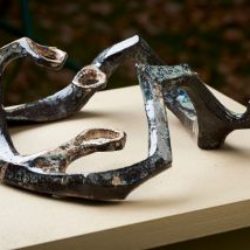
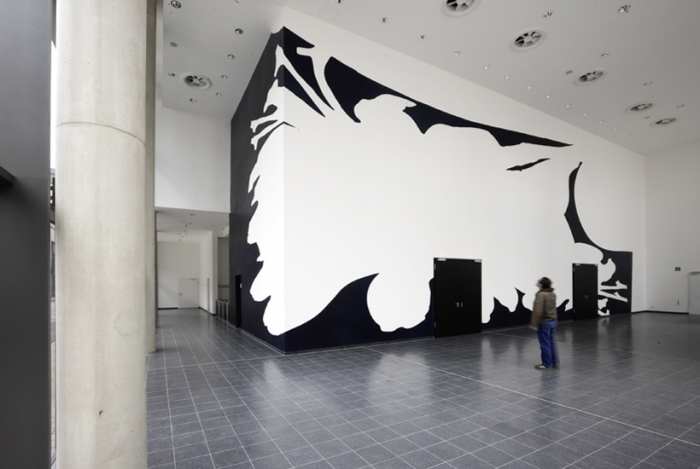
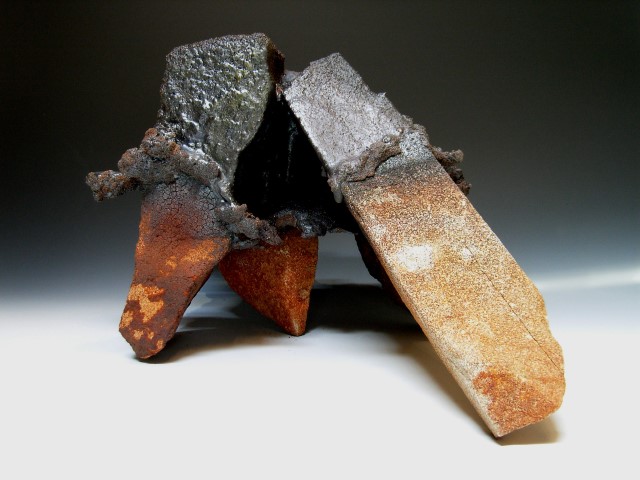
.jpg)
